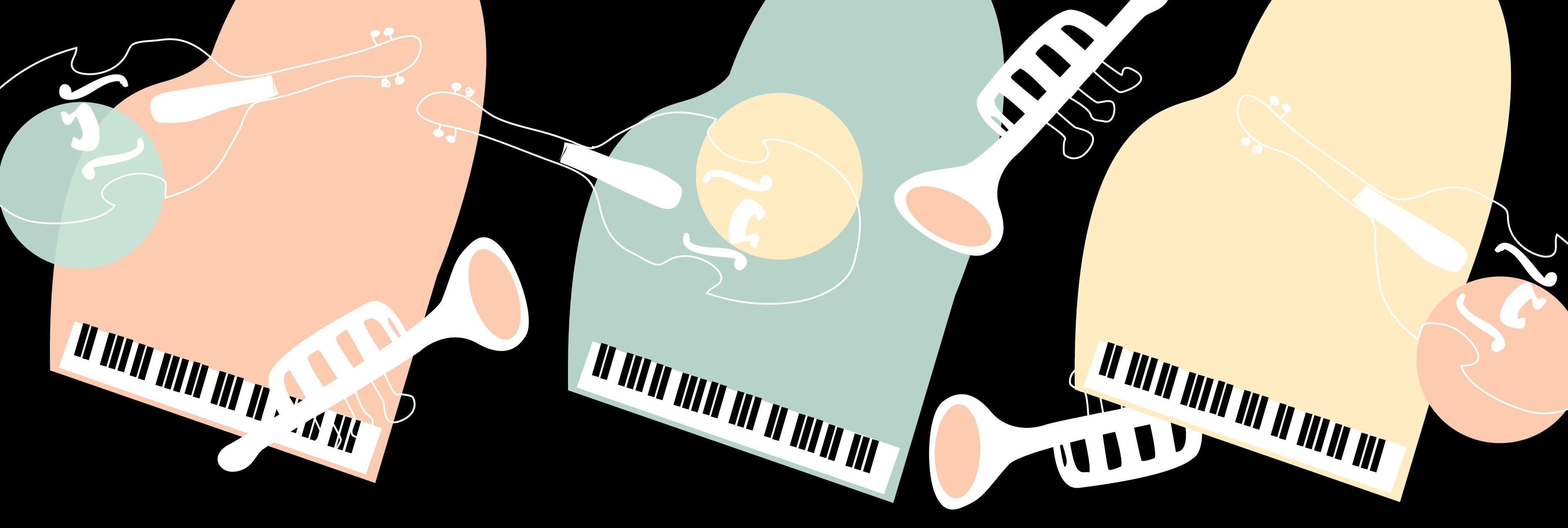With the recent release of the seventh installment of the Star Wars saga, its legacy continues from its initial release back in 1977. There are many memorable and iconic features of the Star Wars legacy yet some of the most memorable features are the musical themes developed and reiterated throughout the seven films. When George Lucas was working on the first Star Wars film he originally intended on having classical music scores implemented into the films as Stanely Kubrick had done for his film 2001; A Space Odyssey. Instead, Steven Spielberg had Lucas consider John Williams for the soundtrack. Williams convinced Lucas to allow him to compose an original soundtrack that would pay homage to and take inspiration from the music originally selected by Lucas. Some of the composers that inspired his Star Wars soundtrack included Antonin Dvorak, Richard Strauss, Gustav Holst, Sergei Prokofiev, Igor Stravinsky, Richard Wagner, Erich Wolfgang Korngold, Bela Bartok and William Walton.
By composing an original soundtrack, Williams was able to utilize the leitmotif, a musical phrase that represents individual characters, places or plots in a film. The advantage of developing his own leitmotifs is that the soundtrack became directly linked to distinct parts of the film that helped the audience relate to specific characters and sequences. The leitmotif was originally used in the Romantic era of classical music and was fully developed as a form by the late Romantic era. At this time, the leitmotif was being primarily used in operas: largely in operas by Richard Wagner. The leitmotif was also used in symphonic poems which were a form of program music: instrumental music that purposely conveys or portrays a literary or scenic description. For this reason, the leitmotif was adopted by many film composers as an effective supplementary tool for storytelling. Furthermore, Lucas specifically wanted the Star Wars soundtrack to be straightforward and accessible so audiences could relate to the film despite its unusual setting as an uncommon fantasy. For that reason Williams primarily utilized leitmotifs while drawing significant inspiration from composers of the Romantic Era. Now today, as the Star Wars saga is an inherent part of American pop culture, the classical music tradition of the leitmotif has transitioned into the popular mainstream and consumption on a global scale.




Leave a Reply